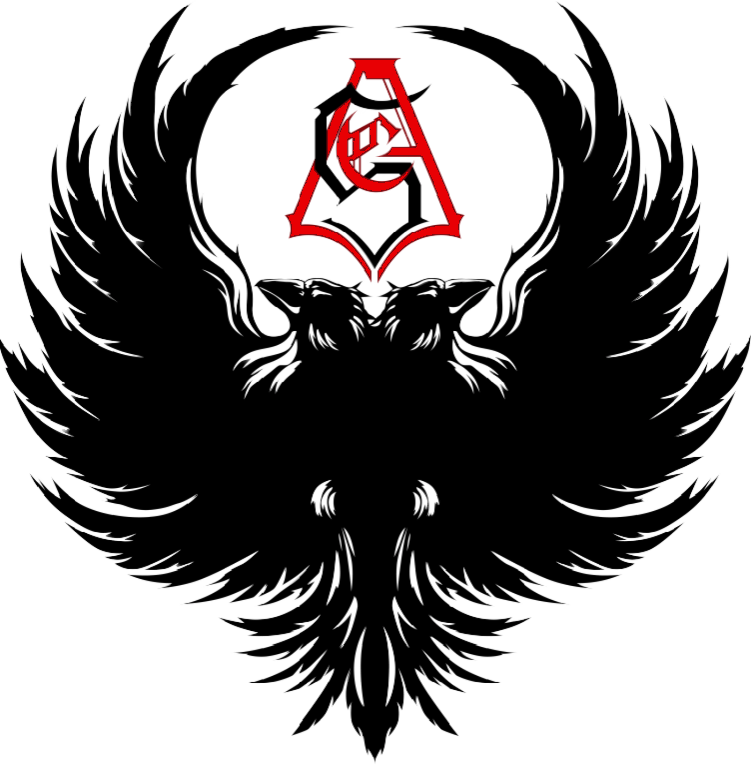What if mastering martial arts could be accelerated not just by technique, but by training in a unique environment? High-altitude training, once the secret of elite athletes, is now transforming the way martial artists improve their skills.
In this article will explore how training at high altitudes and specialized academies can significantly enhance martial arts performance.
1. The Science Behind High-Altitude Training
High-altitude training takes place in areas where the air is thinner, and oxygen levels are lower. This forces the body to work harder to get oxygen, which leads to a variety of physical benefits.
For martial artists, this kind of training can increase endurance, lung capacity, and overall stamina. It also strengthens mental toughness, as training in challenging environments helps build focus and resilience.

Why High Altitude Training Improves Martial Arts Performance?
By training in these conditions, martial artists can boost their performance when they return to sea level, allowing them to perform faster, stronger, and longer during their practice or competitions.
2. High-Altitude Training and Martial Arts: A Perfect Match

When martial artists train in high-altitude environments, they push their bodies beyond normal limits. This results in better agility, faster reaction times, and improved breathing control. For example, fighters in Muay Thai, Jiu-Jitsu, and Mixed Martial Arts (MMA) use altitude training to gain a competitive edge.
How Altitude Elevates Martial Arts Performance?
Many successful martial artists have trained in high-altitude environments to increase their stamina and power. This type of training allows them to stay sharp and competitive, even during intense fights.
3. Specialized Martial Arts Academies Offering High-Altitude Training
Specialised academies are popping up worldwide to meet the needs of martial artists looking to train at high altitudes. These academies provide personalised programs that focus on adjusting to altitude, increasing endurance, and mastering martial arts skills.
Best High-Altitude Martial Arts Academies Around the World:
From the mountains of Colorado to the training camps in Thailand, martial artists have access to some of the best high-altitude training centres. These locations are known for their expert instructors and customised programs.
4. Key Challenges of High-Altitude Martial Arts Training
Training at high altitudes can be physically demanding. Lower oxygen levels may cause altitude sickness or fatigue in some martial artists. However, with proper adaptation, the body gradually adjusts to these conditions, allowing martial artists to fully benefit from the training.
What to Expect: Challenges of Training at High Altitudes
It’s important to take it slow at first. Gradual adaptation helps the body build endurance safely. Proper hydration and nutrition are key to success in this demanding environment.
5. Combining High-Altitude Training with Traditional Martial Arts Techniques
High-altitude training doesn’t replace traditional martial arts techniques—it enhances them. Combining modern altitude training with classical practices like katas and forms can take martial artists’ performance to the next level.
How to Integrate High-Altitude Training with Traditional Martial Arts?
By blending both modern and traditional techniques, martial artists can improve their overall agility, strength, and precision, resulting in a well-rounded approach to training.
For a deeper dive into perfecting your martial arts skills, check out our Comprehensive Guide to MMA Training, which covers essential techniques, training routines, and tips for mastering mixed martial arts.
Conclusion
High-altitude training, paired with specialised martial arts academies, offers an exciting way for martial artists to elevate their performance. Whether you’re a seasoned practitioner or just starting, training at high altitudes could be the next step in your martial arts journey.
FAQS:
Why do some MMA fighters train at high altitude?
Some MMA fighters train at high altitudes to improve their cardiovascular endurance and oxygen efficiency. The reduced oxygen levels force the body to adapt, enhancing stamina and overall performance during fights.
Why do fighters train at high altitude?
Fighters train at high altitudes to improve stamina and lung capacity. The lower oxygen levels force their bodies to adapt, enhancing endurance and performance during fights.
What is the purpose of high altitude training?
The purpose of high altitude training is to increase the body’s red blood cell production, improving oxygen delivery to muscles and boosting overall endurance and cardiovascular efficiency.
How important is height in martial arts?
Height can offer advantages in martial arts, like increased reach for strikes and better leverage, but skill, technique, and speed are usually more important factors than physical height alone.
What are the benefits of altitude training rooms?
честные казино с быстрыми выплатами
бездепозитные бонусы казино
играть в лучшем казино на деньги
база казино с бездепозитным бонусом
онлайн казино России
casino oyunu
Altitude training rooms simulate high-altitude conditions, helping athletes increase red blood cell count, improve endurance, and boost recovery without needing to travel to actual high-altitude locations.






